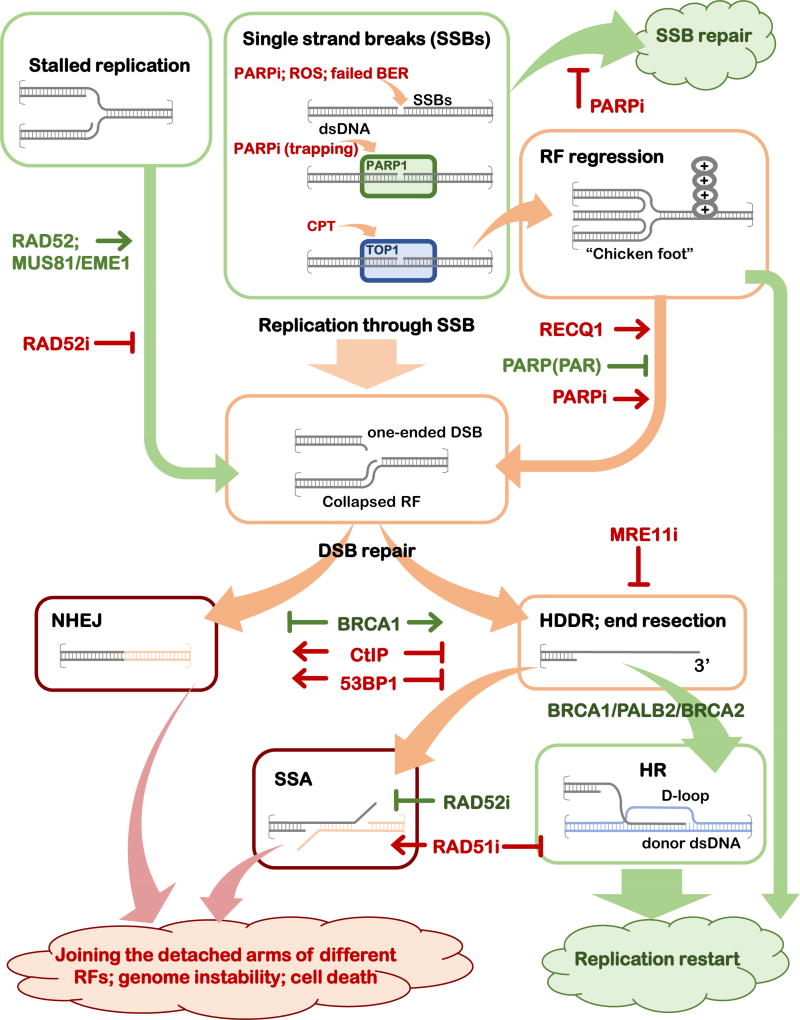Figure 1. Roles of the DNA repair inhibitors in altering the outcomes of the DNA repair events in the presence of DNA replication.
Schematic representation of the progression of a DNA lesion (a single-strand break, SSB, or stalled replication fork, RF) through various DNA repair mechanisms leading to DNA repair and restoration of replication fork, or to genome destabilizing events. The intermediates and mechanisms that are likely to lead to accurate repair if processed through an appropriate mechanism are depicted in green boxes, the intermediates that can lead to either positive (replication fork restoration) or negative (genome instability and cell death) outcomes are in orange boxes, and the intermediates and mechanisms that funnel the DNA repair intermediates into the genome destabilizing outcomes are shown in red boxes. The key regulators (proteins and inhibitors) that affect the outcome of each event are shown.

